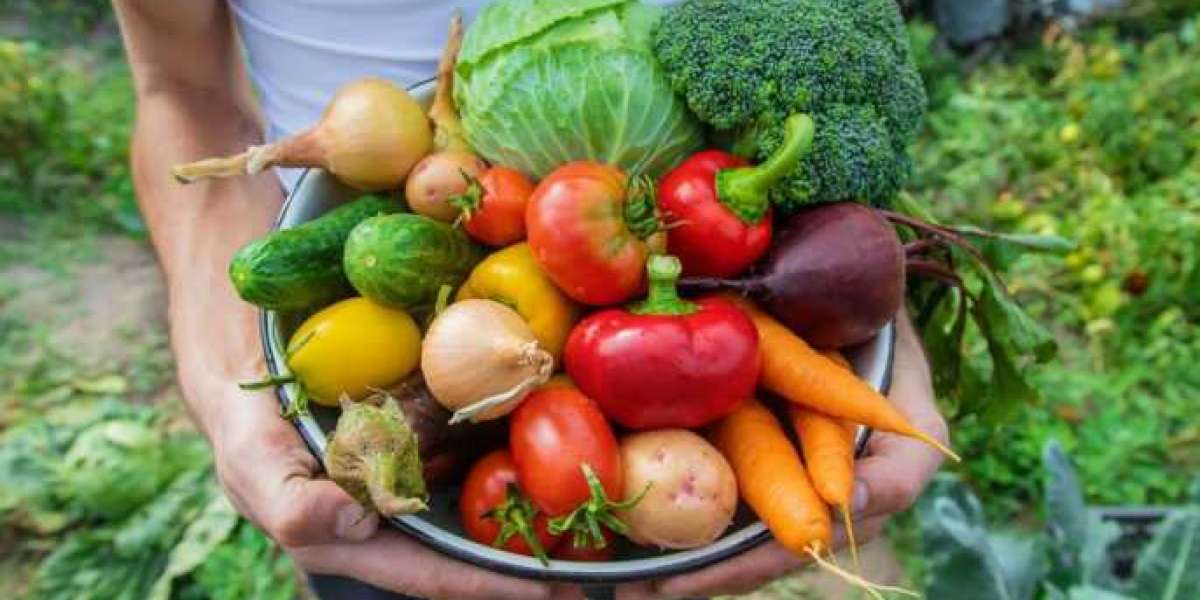Summer in India is intense, and one of the best ways to stay hydrated and energized during the hot months is by eating fresh, seasonal produce. Summer Vegetables in India are not only refreshing but also rich in nutrients that help maintain energy levels, improve digestion, and boost immunity. From cooling cucumbers to antioxidant-rich gourds, these vegetables are an integral part of traditional Indian diets. By including them in everyday meals, one can enjoy both taste and health benefits throughout the season.
Importance of Summer Vegetables in India
India’s diverse climate allows for a wide range of seasonal produce, and summer vegetables are cultivated to thrive in high temperatures. These vegetables are naturally hydrating, fiber-rich, and packed with essential vitamins and minerals. Summer Vegetables in India play a vital role in balancing body heat, preventing dehydration, and providing much-needed relief from the scorching sun. They are light on the stomach, easy to digest, and highly versatile for different Indian recipes.
Incorporating these vegetables also supports local farmers and sustainable agriculture, as seasonal produce requires fewer resources for cultivation. By eating vegetables that are naturally grown in summer, you can enjoy fresher flavors and better nutrition compared to off-season alternatives.
Popular Summer Vegetables in India
Cucumbers
Cucumbers are among the most loved summer vegetables. They are 95% water, making them an excellent choice to prevent dehydration. Often eaten raw in salads or infused in drinks, cucumbers are cooling, soothing, and great for digestion.
Bottle Gourd
Bottle gourd, or lauki, is another widely consumed vegetable in summer. It is light, easy to cook, and beneficial for heart health. Known for its hydrating qualities, this vegetable is often used in curries, soups, and even refreshing juices.
Bitter Gourd
Although slightly bitter in taste, bitter gourd (karela) is valued for its medicinal properties. It helps regulate blood sugar levels, making it ideal for diabetics. Its high nutrient content and cooling properties make it one of the healthiest Summer Vegetables in India.
Ridge Gourd
Ridge gourd, or turai, is a simple yet nutritious vegetable. It is low in calories and packed with dietary fiber, which helps maintain digestive health. This vegetable blends easily with spices, making it a staple in Indian kitchens during summer.
Ladyfinger
Ladyfinger, also called bhindi or okra, is rich in vitamins A and C. It improves immunity and supports skin health. Cooked in curries, stir-fries, or stuffed with spices, it is a versatile summer favorite.
Pumpkin
Pumpkin is a cooling vegetable that comes in various varieties. It is rich in antioxidants, beta-carotene, and dietary fiber. This vegetable helps regulate body temperature while also offering heart and eye health benefits.
Nutritional Benefits of Summer Vegetables in India
The biggest advantage of eating seasonal produce lies in its nutritional value. Vegetables like cucumbers, gourds, and pumpkins contain large amounts of water that help in keeping the body hydrated. Bitter gourd and ridge gourd are rich in antioxidants, which help flush out toxins and improve overall metabolism. Ladyfinger provides essential vitamins that enhance energy levels during the hot weather.
Eating Summer Vegetables in India regularly ensures that the body remains cool from within, preventing heat-related issues like acidity, dehydration, and fatigue. They also provide minerals like magnesium, potassium, and calcium that are vital during the summer months.
Culinary Uses of Summer Vegetables in India
Summer vegetables can be prepared in a variety of ways to suit different tastes. Light curries, stir-fried dishes, raitas, and soups are common across Indian households. Cucumbers are often enjoyed raw in salads, while bottle gourd is popular in dals and stews. Bitter gourd is stuffed or stir-fried with spices, and ladyfinger is sautéed to create crispy, flavorful dishes.
In traditional Indian cooking, these vegetables are paired with spices like cumin, coriander, and turmeric, which enhance both flavor and health benefits. By incorporating Summer Vegetables in India into meals, families can enjoy cooling, nutrient-rich dishes throughout the season.
Health Tips for Consuming Summer Vegetables
Eat vegetables fresh and avoid overcooking to preserve nutrients.
Include a mix of raw and cooked vegetables for balanced nutrition.
Drink juices made from bottle gourd or cucumber for hydration.
Use minimal oil and spices to keep meals light and easy to digest.
Always wash vegetables thoroughly before consumption.
Conclusion
Summer is the perfect time to embrace the seasonal bounty of vegetables that nature provides. From hydrating cucumbers to nutritious gourds and antioxidant-rich pumpkins, Summer Vegetables in India are a healthy and refreshing addition to daily meals. They not only keep the body cool but also support overall health, digestion, and immunity during the hottest months of the year. By making seasonal vegetables a part of your diet, you can stay energized, hydrated, and ready to enjoy the vibrant flavors of summer.



